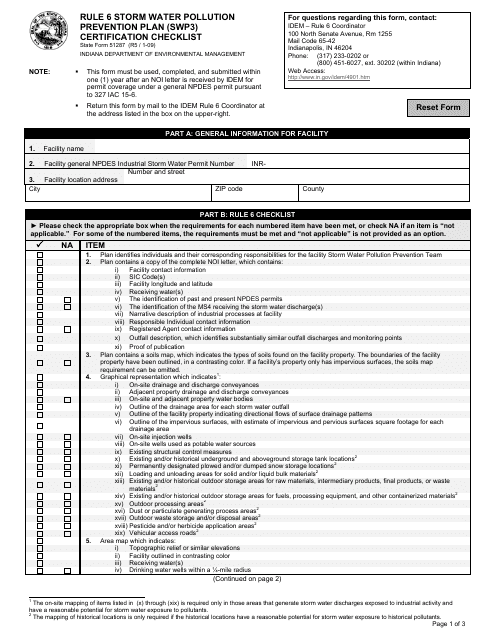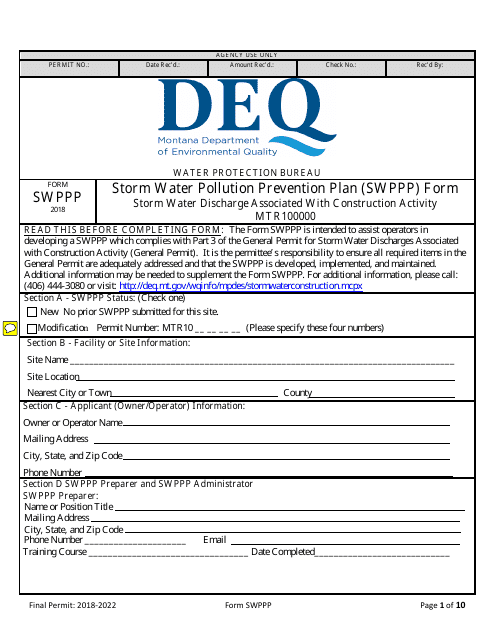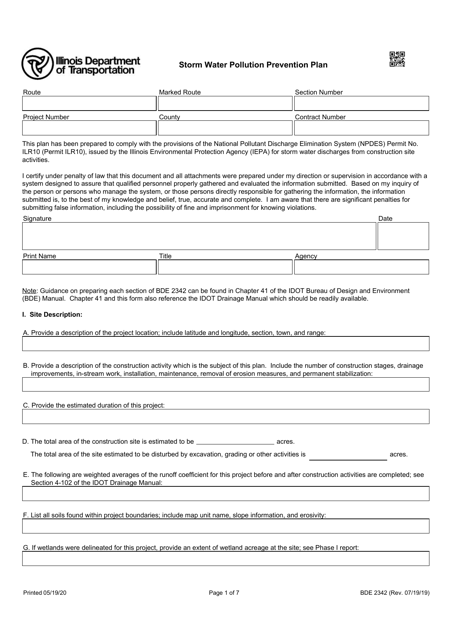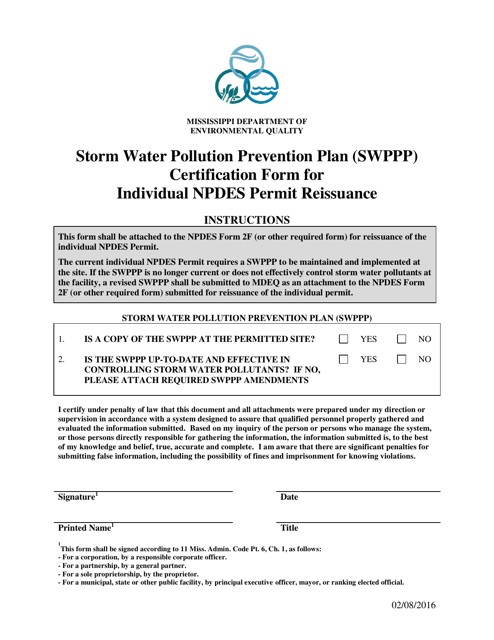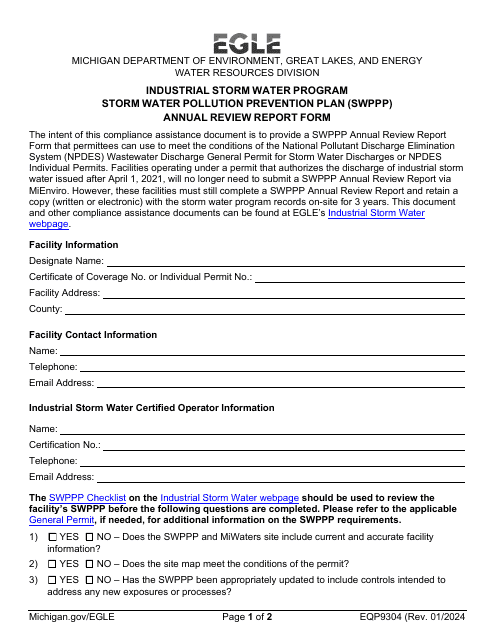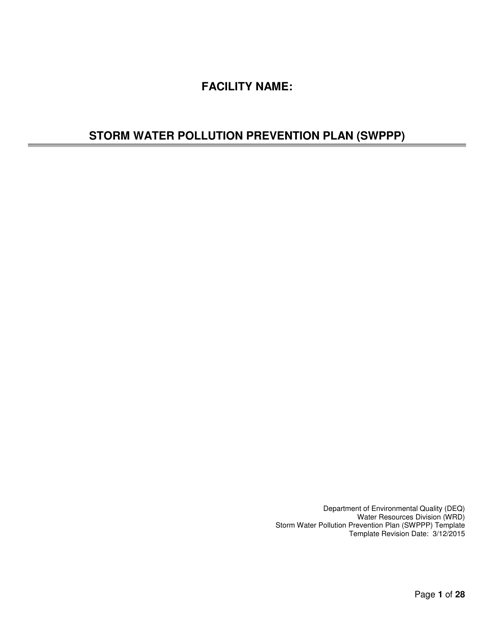Storm Water Pollution Prevention Plan Templates
A Storm Water PollutionPrevention Plan is a comprehensive strategy aimed to minimize the harmful effects of stormwater runoff on the environment. Also known as SWPPP or Storm Water Pollution Prevention Plan, this document outlines a set of best management practices and guidelines to prevent pollution caused by stormwater runoff.
At its core, a SWPPP serves as a blueprint for controlling and managing stormwater pollutants, such as sediment, chemicals, and debris. By implementing effective erosion and sediment control measures, the SWPPP helps reduce the potential negative impacts on waterways and ecosystems.
Various states have specific requirements and regulations when it comes to stormwater management. For instance, in Illinois, the Storm WaterPollution Prevention Plan is documented through Form BDE2342, ensuring compliance with local standards. Similarly, in Montana, the SWPPP is documented using the specific Form SWPPP Storm Water Pollution Prevention Plan.
The Storm Water Pollution Prevention Plan (Swppp) Template, commonly used in Michigan, provides a standardized framework for businesses and industries to develop their own individualized SWPPP. This template ensures that all necessary elements are included, such as stormwater monitoring procedures, employee training, and pollution prevention measures.
To maintain compliance with regulations, annual reviews and reporting are required in some states. In Michigan, the Form EQP9304 is used for the Storm Water Pollution Prevention Plan (Swppp) Annual Review Report. This document allows businesses to assess the effectiveness of their SWPPP and make any necessary adjustments.
Overall, a Storm Water Pollution Prevention Plan is a crucial tool for safeguarding water quality and protecting the environment. Whether it's an industrial facility or a construction project, having a well-designed SWPPP ensures that all necessary measures are in place to minimize the impact of stormwater runoff.
Documents:
8
This form is used for certifying the Storm Water Pollution Prevention Plan (SWP3) in the State of Indiana.
This form is used for creating a Storm Water Pollution Prevention Plan (SWPPP) in the state of Montana. The SWPPP outlines strategies and best practices to prevent storm water pollution on construction sites.
This Form is used for creating a Storm Water Pollution Prevention Plan (SWPPP) in Illinois. The SWPPP helps to identify and control potential sources of stormwater pollution, ensuring compliance with environmental regulations.
This document is a certification form for individuals obtaining an NPDES permit reissuance in Mississippi. It is used to ensure compliance with storm water pollution prevention plans.
This document is used for creating a Storm Water Pollution Prevention Plan (SWPPP) in the state of Michigan. It includes a template that can be customized to meet the specific requirements of your site.

